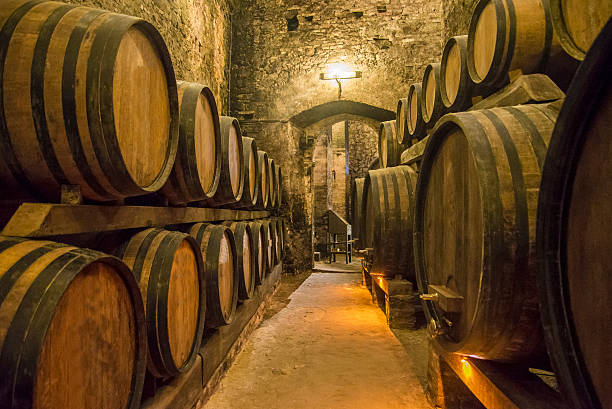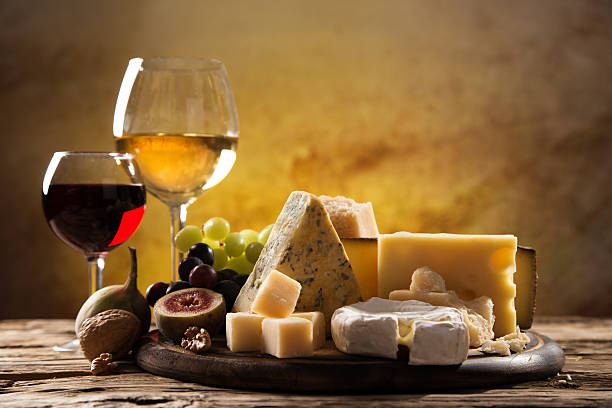Both American oak and French oak are species of white oak. While there are many different types of white oak, three species are most used for the production of barrels used in winemaking (this craft is known as cooperage). These are Quercus Alba, Quercus Petraea and Quercus Robur.
American Oak
Quercus Alba is the type of oak most grown in the United States. It is grown mainly in the eastern states as well as California. The forests in Virginia, Missouri, Minnesota, and Wisconsin are considered particularly good sources of oak for the wine industry.
French Oak
Quercus Petraea and Quercus Robur are the two types of oak grown in France. Of the two, Quercus Petraea is considered the finer. The most important oak forests in France are Allier, Nevers, and Tronçais (all in central France), Vosges in the northeast, and Limousin, which is near the Cognac region. Of the five, Limousin is the only forest to grow Quercus Robur.
American and French Oak – The Key Differences
Both American oak and French oak contribute aromas, flavors, and texture – in the form of tannin – to a wine. French oak (particularly Quercus Petraea) is much tighter-grained and less dense than the American Quercus Alba. As such, French oak imparts more subtle flavors and firmer but silkier tannins. French oak flavors are considered to be savory. Common descriptors for French oak include cedar, tobacco, and cashew nut.
American oak, being denser, can be sawn instead of hand-split. This involves less labor expense, which is why American oak barrels are usually cheaper than their French counterparts.
American oak is sweeter and contains more vanillin compounds. American oak tends to impart more obvious, stronger, and more precious aromas and flavors. Common descriptors for American oak, as well as vanilla, are coconut and sweet spice.
Other Influencing Factors
Where the oak tree is grown is one factor that impacts the oak’s influence on a wine. Other very important factors include:
The age of the oak — The newer the oak, the more aromas and flavors are imparted into the wine. By the fourth or fifth year of use, there is little flavor left to impart.
The level of toast (high, medium, or light toast) – The higher the toast, the more intense the aromas and flavors, along with predictable smoky characters.
The size of the barrel – The smaller the oak barrel, the greater the impact of oak influence on the wine.
Oak – Beyond American or French
American and French oak are the two oak sources most used in wine production; however, Slavonian (from northeastern Croatia), Hungarian, Russian, and Portuguese oak are still traditionally used in some wine regions. Similar to France, the type of oak grown in these countries is Quercus Robur and Quercus Petraea.




